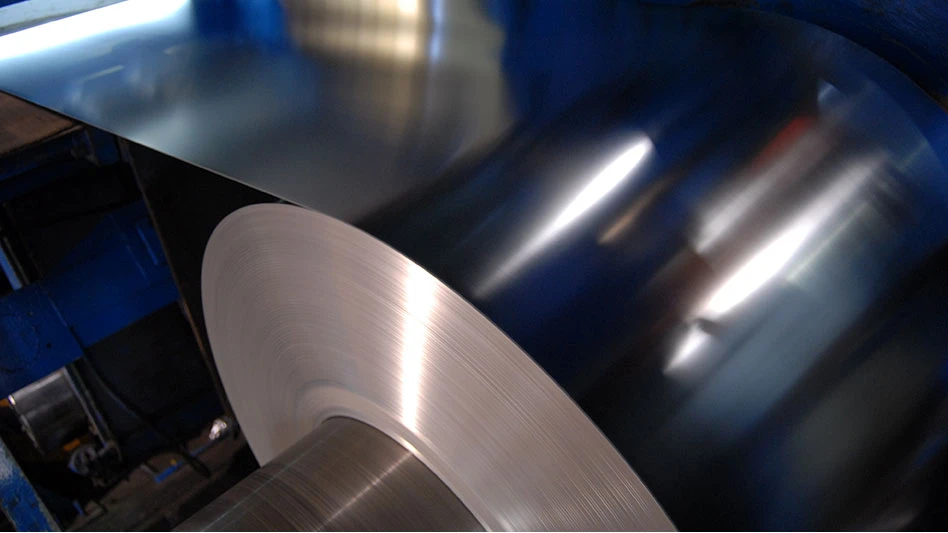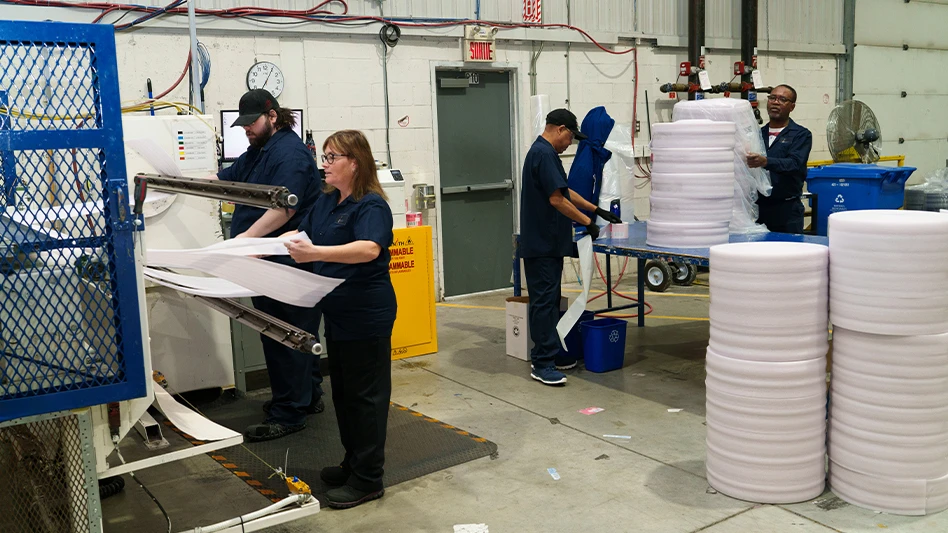First Cut is the Deepest
Slowdowns in export orders and domestic mill capacity are being cited as reasons for declining ferrous scrap pricing throughout the United States.
For two months, transaction prices have reportedly declined dramatically in many regions, and dealers say they do not anticipate a bounce back during the warmer summer months.
One Midwest scrap dealer says mill order books are finally through their backlogs and domestic mills are now confronted with many fewer orders to deliver.
Domestic steel demand could remain in the doldrums if the summer construction season is slower than the past two, and also if car-buying habits are changing as rapidly as early figures indicate.
Statistics published in automotive trade magazine Ward’s Automotive Reports are showing a 13.5 percent drop in sales for sport utility vehicles (SUVs) in the first quarter of 2005 compared to 2004, with sales of some of the largest models plunging more than 20 percent.
A static overall market combined with smaller vehicle sizes for those that are selling is a losing equation for the domestic steel industry. "Cars drive this country and they’re in the doldrums," notes one scrap dealer.
The Midwest dealer sees the market staying suppressed this summer as the model year changeover further slows an already lukewarm auto industry.
Dealers are hopeful that offshore scrap buyers will step in to bid the market back up, attracted by lower prices combined with the weak dollar.
An early June report in an Indian financial newspaper may lend credence to that theory. Steel manufacturers in India are now adding more scrap to their melts as ferrous pricing has dropped globally, according to a report in the Economic Times of India.
More scrap is being purchased and melted in the EAF furnaces of Ispat Industries and Essar Steel as scrap substitute prices have stayed level at the $325 per metric ton range, while ferrous scrap prices have dropped to below $300 per metric ton.
According to the report, Ispat has begun selling some of the alternative iron units it makes for its own use on the open market while purchasing more scrap on the international market. Essar Steel may follow suit, according to the Economic Times.
If those Indian buyers hit U.S. shores, they may find scrap available. A buyer at a Midwest EAF mill says order books are just "not firming up as they typically would this time of year." Some mills in the regions brought their maintenance schedules forward into May, a phenomenon that was reflected in industry wide production statistics.
The domestic steel industry in the United States is demonstrating troubling signs of slower domestic production coupled with rising levels of imported steel.
The American Iron and Steel Institute (AISI), Washington, reports a domestic steelmaking capability utilization rate of less than 90 percent in three of the four full weeks in May, falling below the 2004 annual average rate of 91.4 percent production.
In the week ending May 28, domestic mills produced slightly less than 2 million tons of steel, dropping nearly 5 percent below the previous week’s production level.
Meanwhile, the AISI also reports that imported steel is arriving in the United States at a rate some 9 percent higher than last year. Through April, more than 3 million tons of steel had been imported, including 2.3 million tons of finished steel.
(Additional news about ferrous scrap, including breaking news and consuming industry reports, is available online at www.RecyclingToday.com.)

Explore the July 2005 Issue
Check out more from this issue and find your next story to read.
Latest from Recycling Today
- Nucor names new president
- DOE rare earths funding is open to recyclers
- Design for Recycling Resolution introduced
- PetStar PET recycling plant expands
- Iron Bull addresses scrap handling needs with custom hoppers
- REgroup, CP Group to build advanced MRF in Nova Scotia
- Oregon county expands options for hard-to-recycling items
- Flexible plastic packaging initiative launches in Canada





